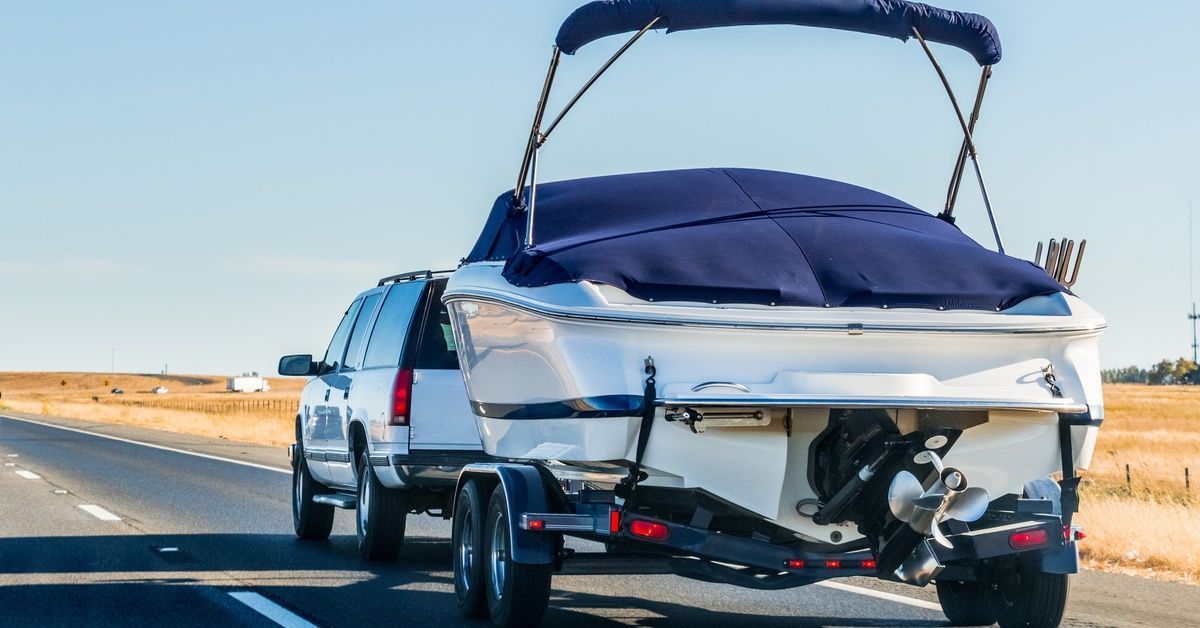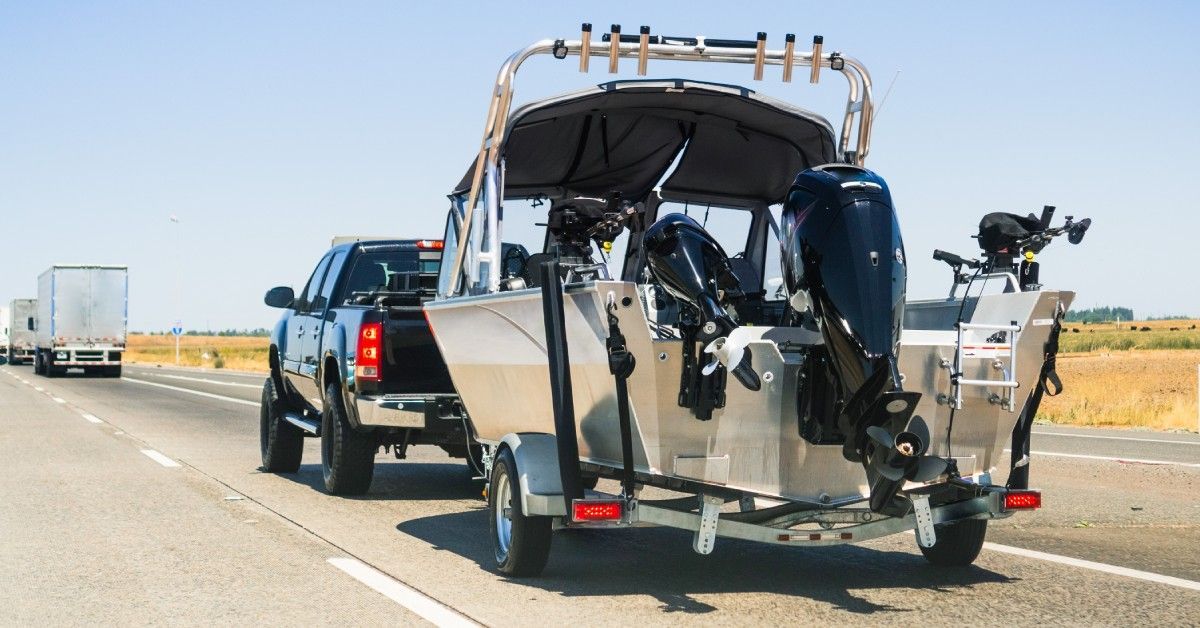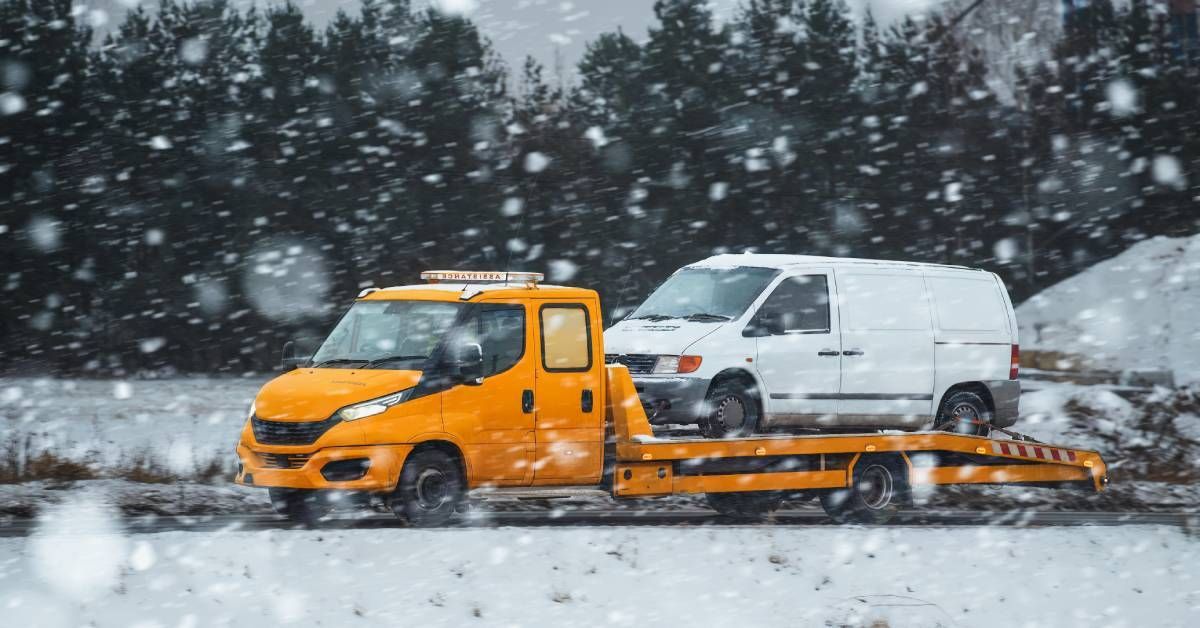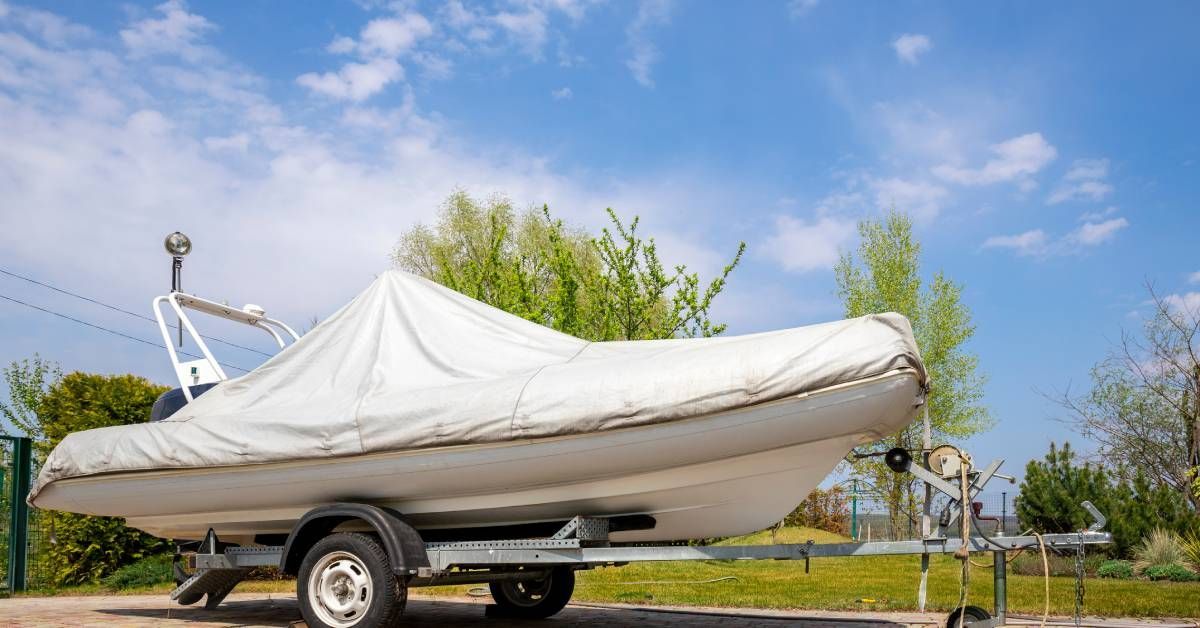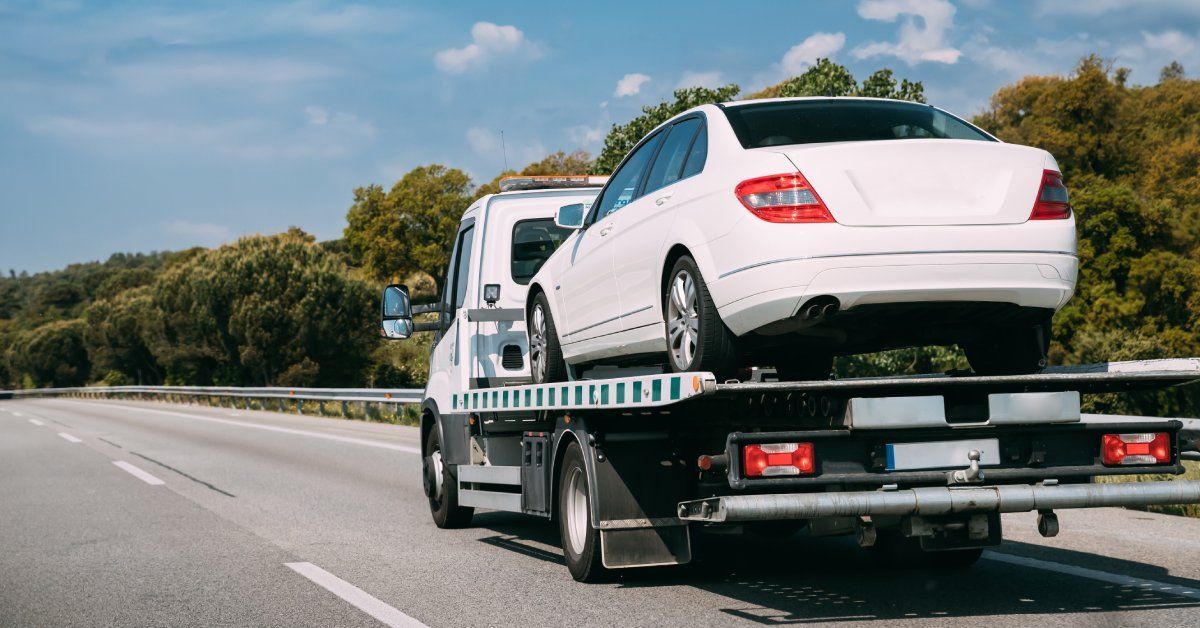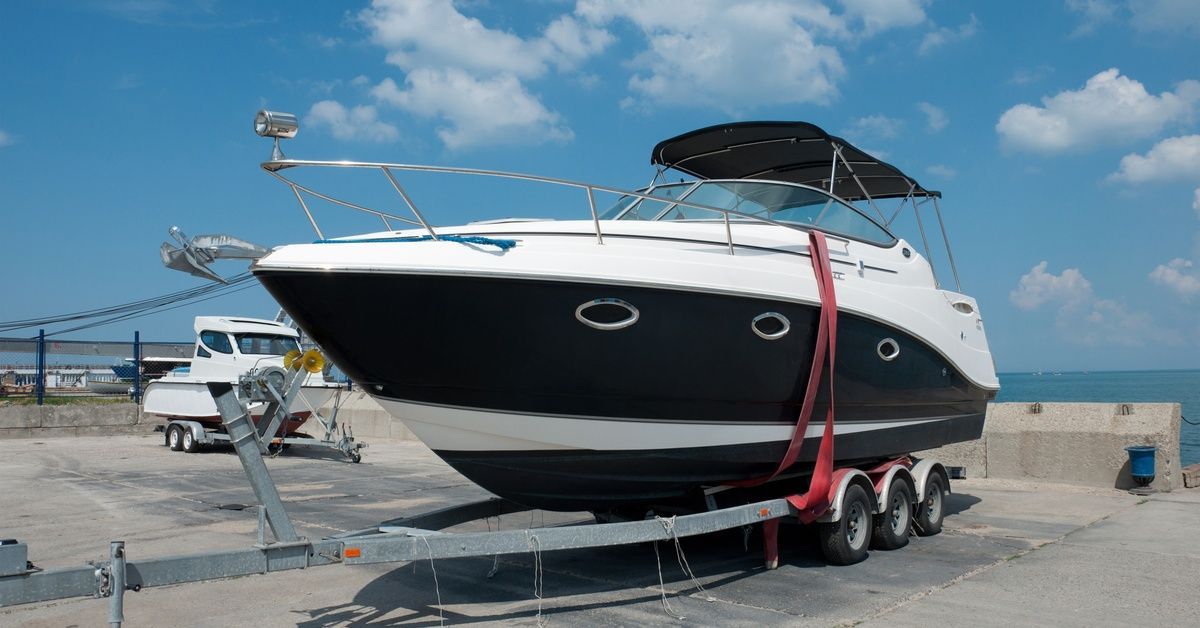10 Typical Challenges Faced During National Transportation
Transporting recreational vehicles and boats across the country comes with unique challenges. These oversized loads require specialized handling, planning, and coordination to ensure they arrive at their destination safely and on time. Anticipating the typical challenges faced during national transportation can help protect your investment.
While the transportation industry has adapted to handle these moves, some challenges remain due to the size, weight, and value of these assets. Factors such as regulatory compliance and weather delays can impact the process. Choosing the right transport partner and preparing smartly can make the difference between a smooth delivery and a stressful experience.
Oversize Load Requirements
RVs and boats frequently fall under oversize load regulations because their dimensions surpass standard highway limits. Most states consider loads wider than 8.5 feet or taller than 13.5 feet as oversize, requiring special permits and routing restrictions. The permit process varies dramatically between states, with some requiring advance notice of several days while others offer same-day approval.
Different states maintain varying width, height, and length restrictions, creating a complex web of regulations for cross-country moves. Transport companies must calculate routes that comply with each state’s specific requirements, sometimes adding hundreds of miles to avoid restricted highways or bridges. This can significantly impact delivery timelines and costs.
Interstate Commerce Complications
Federal regulations govern commercial transport operations, requiring proper licensing and insurance coverage for transport companies. The Department of Transportation mandates specific safety protocols and driver qualifications for oversize load transport. These federal requirements layer additional complexity onto state-specific permit requirements.
Border crossings between states often involve inspection checkpoints to verify permits and vehicle dimensions. Any discrepancies can result in delays, fines, or orders to obtain additional permits before proceeding. Professional transport companies maintain expertise in navigating these regulatory challenges, but the complexity still impacts scheduling and pricing.
Seasonal Transport Challenges
Weather conditions create some of the most unpredictable obstacles in RV and boat transportation. High winds pose particular dangers for tall RVs and boats on trailers, as their large surface areas may act like sails in the face of strong gusts. Many transport companies impose wind speed restrictions that halt operations when conditions exceed safe operating limits.
Winter weather introduces additional complications through snow, ice, and reduced visibility. Mountain passes frequently close during severe weather events, forcing lengthy detours or extended delays. Spring thaw periods can create weight restrictions on certain highways as road surfaces become more susceptible to damage from heavy loads.
Route Planning Around Weather Patterns
Professional transport companies monitor weather forecasts continuously, adjusting routes and schedules to avoid severe conditions. Hurricane seasons along coastal routes require particular attention, as these storms can disrupt transport for weeks. Even minor weather events can cascade into major delays when dealing with oversized loads that cannot safely travel in marginal conditions.
Desert routes present extreme temperature challenges that can affect both the transported vehicle and the transport equipment. Heat can cause tire failures, engine overheating, and other mechanical issues that compound the complexity of long-distance moves. Transport companies must factor these environmental considerations into their planning and equipment maintenance schedules.
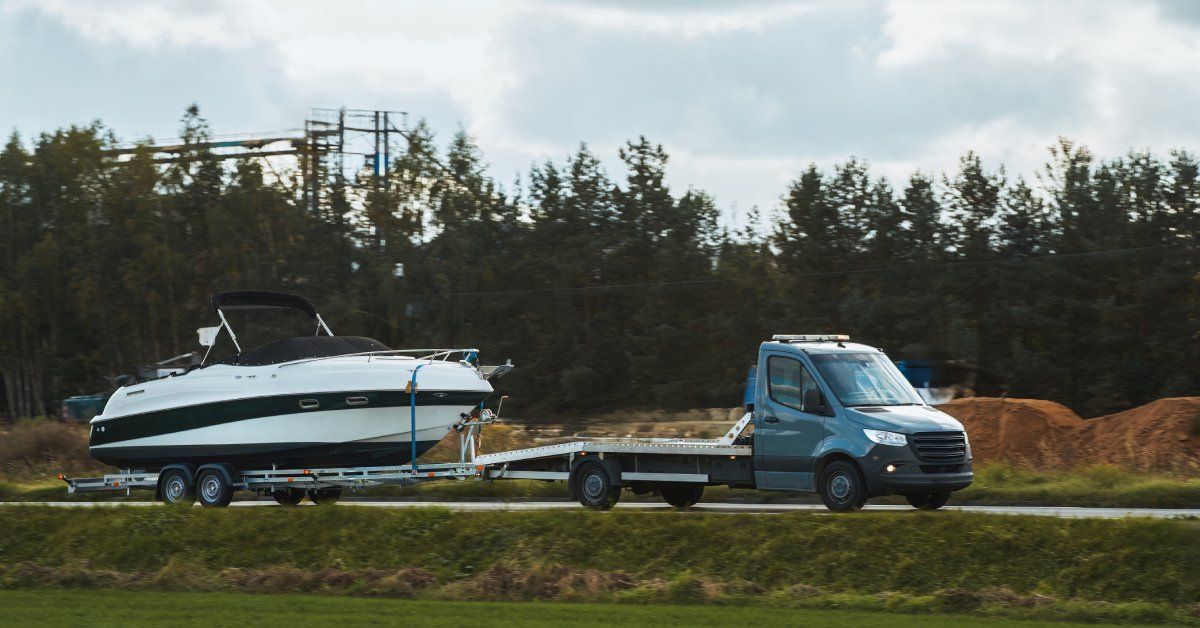
Securing Internal Components
Proper preparation of RVs and boats before transport prevents damage during the journey. RV interiors require extensive securing of loose items, cabinet contents, and appliances that could shift during transport. Properly retract and secure slide-outs, and fully stow awnings to prevent wind damage.
Fluid levels require careful attention, with holding tanks emptied to reduce weight and prevent spills. Propane systems need proper shutdown procedures, and batteries often require disconnection for safety. These preparation steps seem minor, but failure to complete them properly can result in significant damage.
Exterior Protection Measures
Boat preparation focuses heavily on protecting gel coat surfaces, electronics, and mechanical components from road debris and weather exposure. Canvas covers, electronics removal, and prop protection are critical elements in preventing transport damage. Trailer preparation includes bearing inspection, tire pressure verification, and safety chain attachment.
Many owners underestimate the preparation time required, leading to last-minute rushes that increase the likelihood of overlooking critical steps. Professional transport companies typically provide detailed preparation checklists, but the responsibility ultimately rests with the owner to ensure proper completion.
Evaluating Company Credentials
Selecting a transport company requires careful evaluation of licensing, insurance coverage, and industry experience. Proper DOT registration, commercial insurance policies, and specialized equipment indicate professional operations. Customer reviews and industry reputation provide insights into service quality and problem resolution capabilities.
Companies specializing in RV and boat transport typically maintain better equipment and more experienced drivers than general freight haulers. Specialized carriers understand the unique challenges these loads present and invest in appropriate equipment and training. This specialization often justifies higher costs through reduced damage risk and more reliable service.
Understanding Service Options
Transport companies offer various service levels, from basic point-to-point delivery to white-glove services that include preparation assistance and detailed condition documentation. Door-to-door service provides convenience but may require smaller trucks for final delivery if large transport vehicles cannot access residential areas.
Terminal-to-terminal service often costs less but requires owners to deliver and retrieve vehicles at designated locations. Some companies offer enclosed transport for maximum protection, while others use open carriers that provide adequate protection at lower costs. Understanding these options helps match service levels to budget constraints and protection requirements.
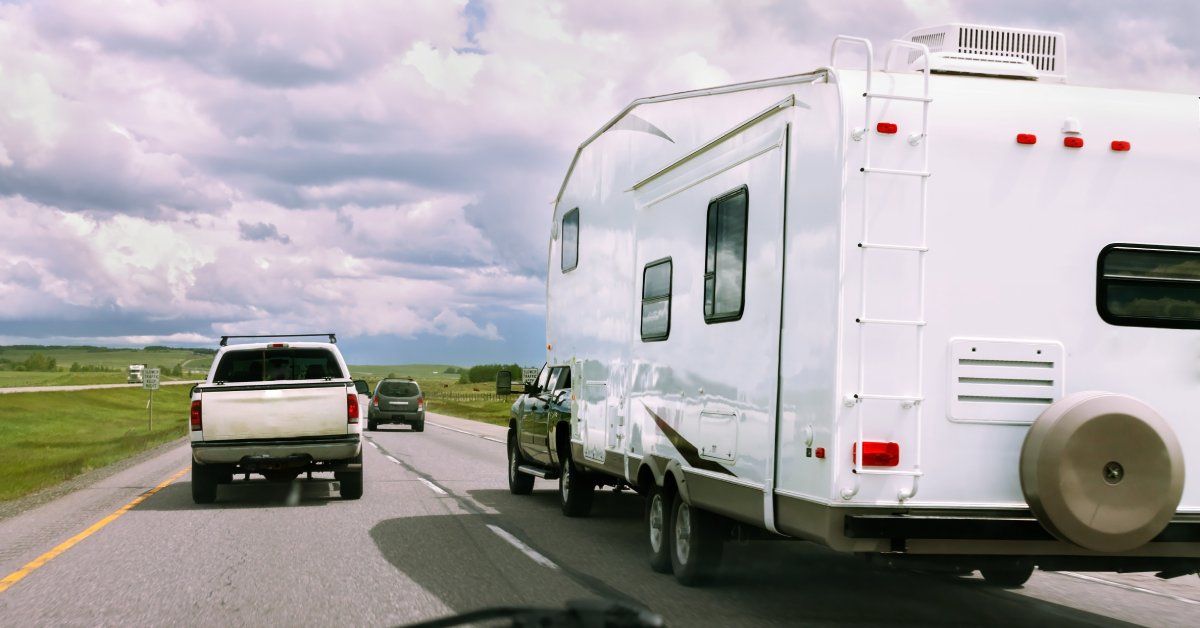
Insurance Coverage Gaps
Standard auto insurance policies rarely cover recreational vehicles during commercial transport, creating potential coverage gaps that could prove financially devastating. Transport company insurance typically provides cargo coverage, but policy limits and deductible amounts vary significantly between carriers.
Owners should review their existing insurance policies and consider purchasing additional coverage specifically for the transport period. Some companies offer supplemental insurance options to bridge coverage gaps, but these policies require careful review to understand limitations and exclusions.
Documentation and Claims Processes
Thorough documentation before and after transport is critical for resolving any damage claims that may arise. Digital photos, detailed condition reports, and written documentation of existing damage help establish baseline conditions and support insurance claims if damage occurs during transport.
Understanding the claims process before problems arise helps you follow proper procedures if issues develop. Many transport companies require immediate notification of damage claims, with specific timeframes for filing formal claims. Failure to follow proper procedures can result in claim denials even for legitimate damage.
Make Your Move With Confidence
Successfully transporting RVs and boats across the country requires understanding these typical challenges faced during national transportation and planning accordingly. Proper preparation, realistic timeline expectations, and careful carrier selection significantly improve the likelihood of a successful transport experience.
The complexity of nationwide transport makes professional expertise invaluable for protecting your investment. Coast to Coast Transportation is a leading transport service company with the specialized knowledge and equipment necessary to expertly transport your boat, RV, heavy equipment, and other valuable assets. Our experienced team understands the intricacies of permits, routing, preparation, and protection that make the difference between a stressful ordeal and a smooth delivery experience.

